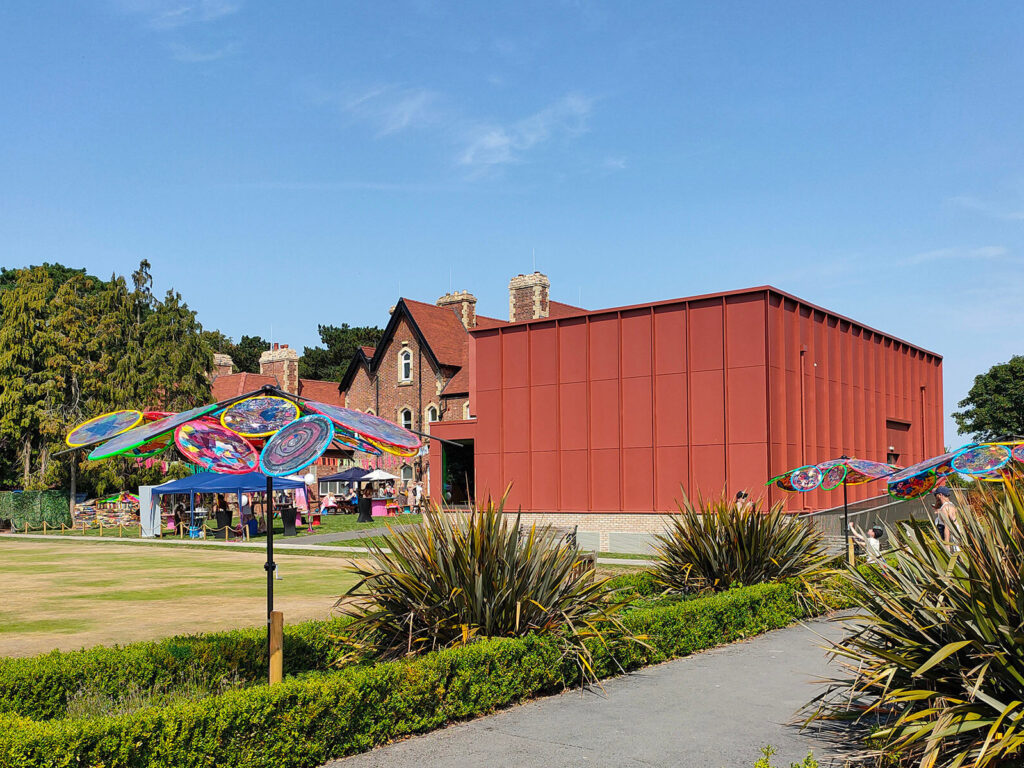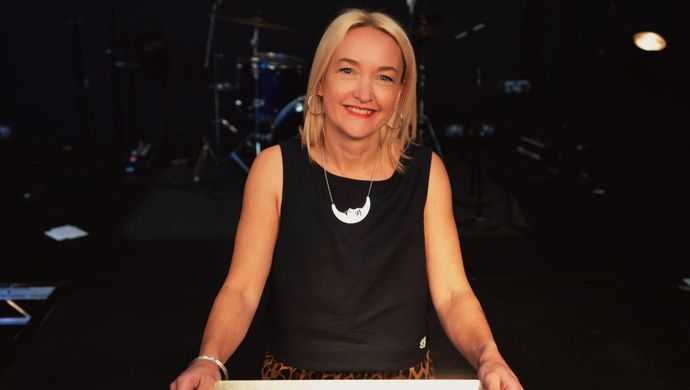
Demonstrating social value with Theatre Porto
What is the value of your work to your beneficiaries and communities?
Historically, the arts and cultural sector has faced challenges in effectively measuring and communicating impact. In this blog, we explore an alternative evaluative framework – Social Return on Investment (SROI). It offers a clear, credible means of quickly and confidently communicating value in a language that everyone understands.
Social Return on Investment is a framework for measuring and accounting for a broader concept of value. It measures change in ways that are relevant to the people or organisations that experience it. It measures social outcomes and uses monetary values to represent them.
This can help you to show a ratio of the benefits of your arts education benefits to the cost. For example, a ratio of 3:1 indicates that an investment of £1 in a project delivers £3 of social value
Curious Minds can help you to calculate your Social Return on Investment (SROI) using the Social Value Engine methodology and tools. Social Value Engine is used by over 120 local authorities and VCSEs.
Case Study: Theatre Porto
Introduction
Theatre Porto got in touch with Head of Impact Steph Hawke at Curious Minds last year to commission our help with developing an impact framework. Alongside creating a theory of change and an evaluation plan, Theatre Porto’s biggest challenge was convincing their stakeholders that their work generates a tangible value for community and place.

The challenge
We know the arts sector faces an ongoing challenge in demonstrating its value to stakeholders such as funders, investors and local authorities. It’s hard to translate the varied and intangible nature of arts impact into metrics that have a universal value.
Our approach
We became really interested in exploring how to calculate social value. Theatre Porto’s Executive Director, Caz Brader, had heard Orchestras Live talk about their approach to social return on investment. They had used a tool called Social Value Engine. We were keen to find out more.
The process
We arranged a call with Ivan Annibal from Rose Regeneration, who demonstrated how to use the Social Value Engine online calculator. The potential for the art and culture sector to begin describing its value using the huge bank of proxy valuations available on the tool felt exciting! Together Caz and Steph signed up for a licence to explore the tool.
To test making a SROI calculation, we selected one clearly defined project. Topsy Turvy is Theatre Porto’s annual summer festival. It takes place every year, in August, in Whitby Park and has thousands of family visitors. This felt like a good project to trial the approach.
Working with Ivan, we identified the festival’s outcomes. We then matched these outcomes with proxies from the large Social Value Engine database.
What is a proxy?
A SROI proxy is a way to put a financial value on something that doesn’t usually have a price tag, like improved mental health, stronger communities or increased confidence.
For example, if an arts programme helps to reduce loneliness, an SROI proxy might estimate the cost to the healthcare system of fewer GP visits. Instead of just saying, “This project made people feel less isolated,” you can say, “For every £1 invested, this project created £3 of social benefits.”
Social Value Engine provides a database of existing reports by governments, local authorities, funders, academic studies or large-scale surveys, that provide monetary values for a range of outcomes. They give us a way to compare social benefits in the same way we measure financial returns. One of the guiding principles of SROI is that care is taken not to overclaim these values. We were surprised when Ivan told us that claims of more than £4 of value for every £1 invested are in danger of overclaiming.
Outcomes
By exploring the values that have previously been allocated to outcomes such as:
- New visitors to an area
- Individual volunteers and volunteer-hours
- Individuals participating in arts
- Audiences attending arts performances
- The value of attending a live music performance
- Engagement in crafts
- The average family spend on leisure
We were able to confidently share with the funders and supporters of Theatre Porto’s Topsy Turvy event that for every £1 they invested in making it happen, they generated £2 of impact. This represents a 100% return on investment. The investment has doubled in value.
Every £1 spent on Topsy Turvy created twice the value in social benefits. Theatre Porto had doubled the value of every pound invested.
Next Steps
The SROI calculation was used as a valuable addition to Theatre Porto’s impact reporting to funders and stakeholders which included Cheshire West and Chester Local Authority, Arts Council England and UK Shared Prosperity Fund.
Curious to know more?
If you'd like to learn more about how we can help you calculate your own SROI, turning outcomes into tangible impact, we'd love to hear from you. Email Dr Steph Hawke directly or contact us using the details below.






